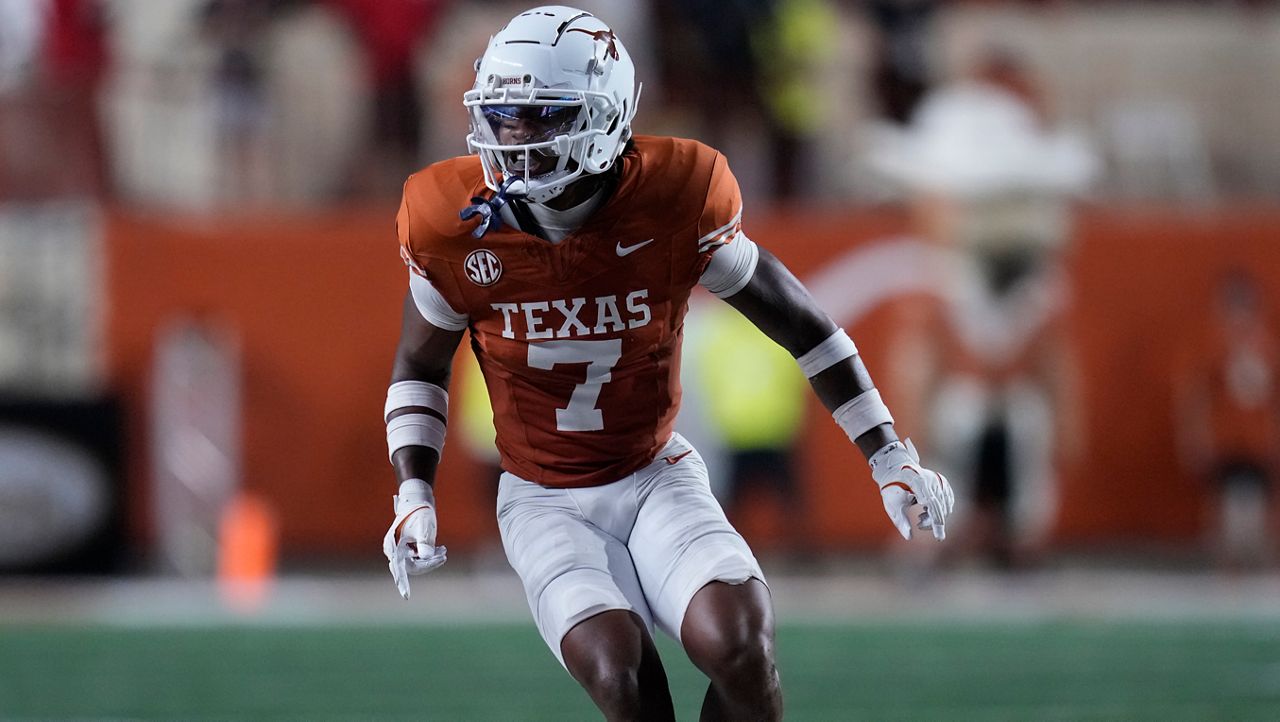Mel Kiper’s 2025 NFL Draft Grades For The Denver Broncos: Did Denver Deserve a B-?
The 2025 NFL Draft is in the books, and with every draft comes the much-anticipated analysis from ESPN’s longtime draft expert Mel Kiper Jr. His take on the Denver Broncos? A lukewarm B-, placing them in the lower tier among NFL teams this year. While not a disastrous grade, it left many fans — and even analysts like Trace Moustakas of Broncos Breakdown — wondering whether Kiper underestimated the Broncos’ strategy and the value of their selections.
Let’s break down Denver’s picks and examine if Kiper’s grade fits or if George Paton and Sean Payton might have gotten it right.
Round 1: CB Jahdae Barron
Kiper’s main critique here was that Denver passed on RB Omarion Hampton, who was still on the board at No. 20. But Jahdae Barron wasn’t just a reach — he was a calculated gamble. Barron, who clocked a blazing 4.39 at the combine and recorded five interceptions last season, brings elite speed and versatility to the Broncos’ secondary. He can play outside corner, nickel, or even safety if needed. Pairing him with Patrick Surtain II and Riley Moss gives Denver arguably one of the NFL’s deepest and most dynamic defensive backfields.
Was this a “need” pick? No. Was it a “best player available” decision? Absolutely — and it could pay dividends fast.
Round 2: RB RJ Harvey
This pick stirred controversy. Harvey wasn’t among the top five backs on most draft boards, and Kiper had him ranked as RB9. Still, Trace Moustakas made a compelling case in favor of Harvey: physicality, shiftiness, and patience. Harvey has that angry, violent running style that coaches love, even if his pass-catching and blocking still need work.
The Broncos clearly view him as a workhorse in their offense, a tone-setter who can move the chains and wear down defenses. While fans might have wanted a flashier name, Harvey could become a quiet star — assuming he improves in pass protection and as a receiving threat.
Round 3: WR Pat Bryant and EDGE Sai’vion Jones
Kiper was cautious here, especially with Bryant, who posted an uninspiring 4.61 in the 40-yard dash. The concern: does he have the separation ability needed at the NFL level? However, Bryant’s game is built on physicality, contested catches, and deep-threat upside — he averaged 18.2 yards per reception at Illinois. While not a WR1, Bryant could evolve into a valuable WR4 or WR3 option, particularly in red-zone and third-down situations.
Sai’vion Jones is an intriguing project. At 6’5″, 283 pounds, he brings enormous size to Denver’s pass rush rotation. Though his college production wasn’t eye-popping, he flashed versatility and disruptive ability along the defensive front. Learning behind veterans like Nik Bonitto and John Franklin-Myers should allow him to develop without the pressure of being an immediate contributor.

Round 4: EDGE Que Robinson
Adding Robinson shows Denver’s commitment to building depth and toughness in the trenches. Robinson’s burst and bend off the edge are legitimate, and while he’s not polished yet, he fits the mold of a high-upside rotational rusher. The Broncos didn’t just draft for now — they’re planning for the future of their front seven.
Round 6: P Jeremy Crawshaw
Some may raise eyebrows at taking a punter in the sixth round, but Crawshaw was one of the top specialists in the draft. If he can flip field position consistently, it’s a sneaky-good pick. Special teams matter — especially in close AFC West games.
Round 7: TE Caleb Lohner
Lohner is a former basketball player with raw but intriguing tight end potential. He’s a project pick — but in the seventh round, that’s exactly what teams should swing for. If he develops even as a red-zone or blocking option, it’s a win.
Final Verdict: Did Kiper Get It Right?
Kiper’s B- grade seems a bit harsh. While Denver didn’t land a “wow” pick or make a splashy trade, the draft class is full of role players, upside talents, and scheme fits. Barron could be a Pro Bowler. Harvey might lead the backfield in touches. Jones and Robinson have the tools to be steady contributors on defense.
Mel Kiper’s biggest issue appears to be Denver’s failure to follow consensus rankings — but that’s often where value is found. Sean Payton and George Paton clearly stuck to their board and took guys they believed in.
Will this class vault Denver into playoff contention? Maybe not immediately. But don’t be surprised if this “B-” group becomes the backbone of Denver’s next playoff roster.
Grade Reassessment: B+ (Upside Edition)
Sometimes, safe picks earn high grades. But Denver’s draft wasn’t about safe — it was about building for the long haul. The potential here could age much better than Mel Kiper expects.

